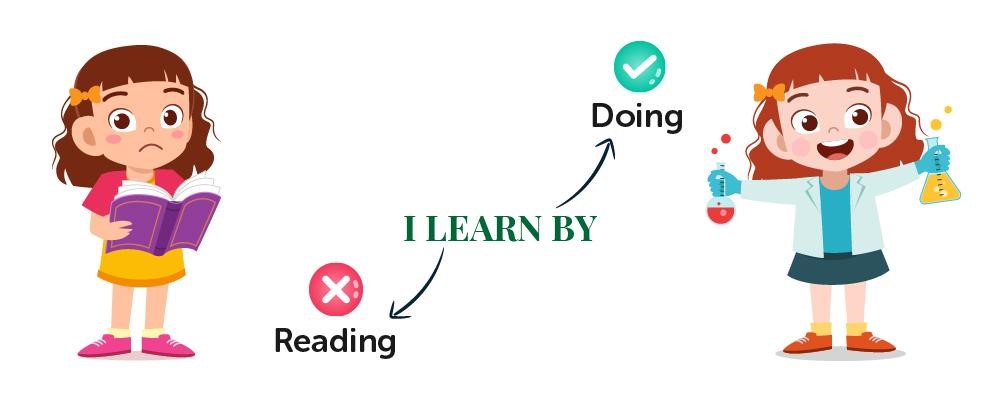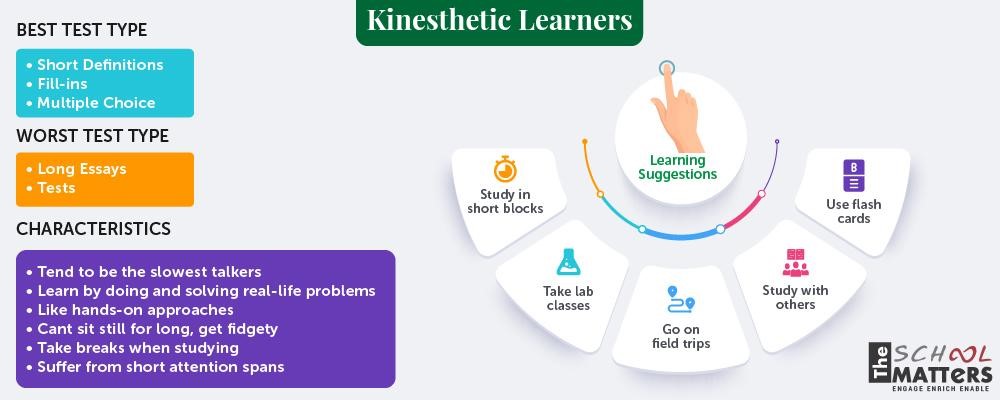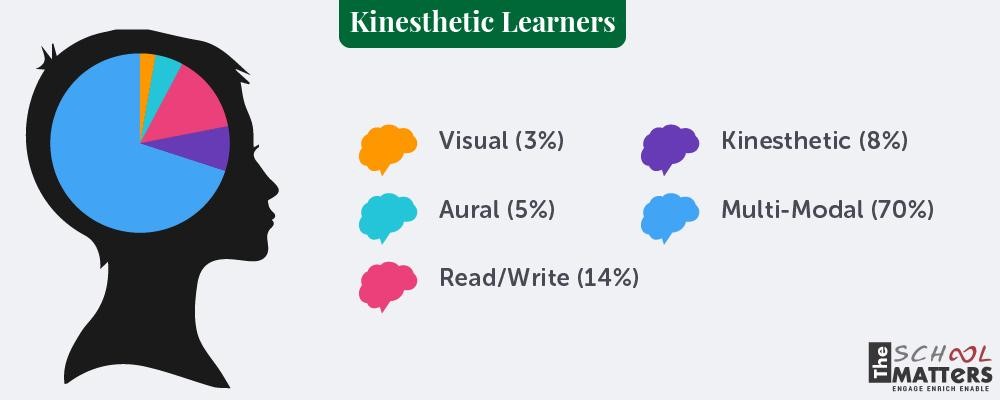
Kinesthetic learning is a common learning style where individuals prefer interactive training methods to effectively understand their roles and responsibilities. They like to actively participate rather than learn from textbooks or experiences that others have had. On-the-job training, building simulations, and performing experiments are kinesthetic learning and tactile learning or physical learning.

To determine if your child is a kinesthetic learner, you should look out for some of these traits. Although every child is different, these are some of the most common characteristics of a kinesthetic learner:

If you want to find out more about our events, click the link below:
https://www.facebook.com/pg/theschoolmatters/events/?ref=page_internal
It is tough being a kinesthetic learner and going to school because you are required to sit in one place for long periods. Although it may seem normal for a tactile or Kinesthetic learner, it is a near-impossible task.
The main struggle that kinesthetic learners face is that they are not cut out for everyday classroom-style teaching and learning. Adults also have problems sitting at the same pace during long meeting hours.
Kinesthetic learners have problems figuring out their right career paths as well. They would normally choose a career path that requires moving around, such as theatre, music, etc.
Formal education is crucial for all types of learners. Teachers should make sure they introduce a bunch of activities that help kinesthetic learners remain attentive and participate

There are some benefits in learning through kinesthetic techniques:
Increased information retention:
Better muscle memory:
More Participation:
Improved critical thinking and problem solving:
Improves confidence:
People who are born Kinesthetic learners find it hard to cope. You can do the following to help them feel at par:
You teachers and parents have to make sure that your children are as comfortable as possible. Include all types of learning techniques so that everyone feels included and nobody gets bored 😉
Happy Teaching!!!!
https://www.indeed.com/career-advice/career-development/kinesthetic-learning
https://sarahcordiner.com/21-ways-to-engage-the-kinaesthetic-learner-in-your-course/